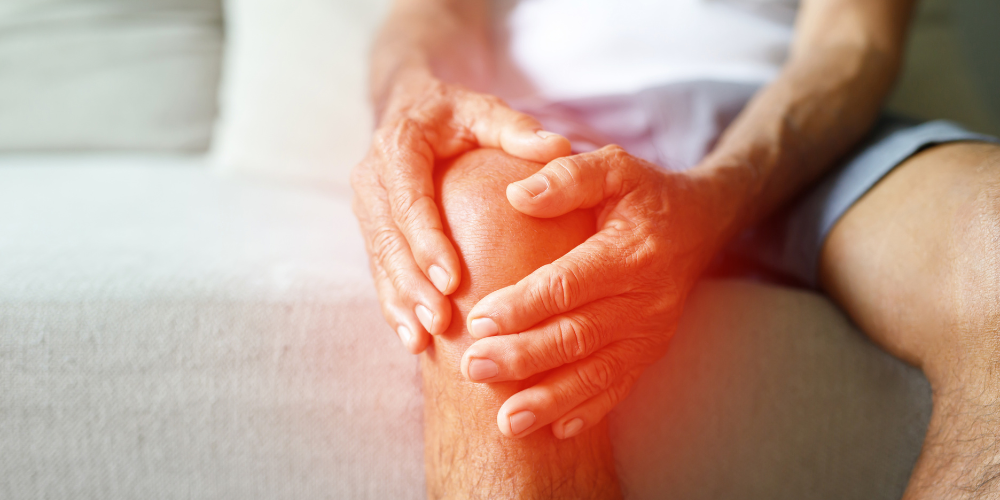Knee pain can be incredibly frustrating as it interferes with your day-to-day activities. It could be caused by an old injury, arthritis, or just wear and tear over time. Simple tasks like climbing stairs, going for a walk, or even standing for too long can become a struggle.
The good news? Physiotherapy can be a game-changer in managing and reducing knee pain. Not sure how? Well, then, here is a guide to explain how physiotherapy can help with your knee pain. So, if you are suffering from one, make sure to read this blog.
Understanding the Root Cause
Before starting treatments, a physiotherapist will assess what’s causing knee pain. It’s not always about the knee itself; sometimes, issues with the hips, ankles, or even posture can put extra strain on the knee joint.
That’s why a proper assessment is crucial. Once they pinpoint the cause, they create a personalized plan to get you moving with less pain.
How Physiotherapy Can Help?
Pain Relief Techniques
One of the first things physiotherapists focus on is reducing pain. A physiotherapist uses a variety of techniques to ease discomfort, such as:
- Manual Therapy
- Ice Application
- Heat Application
- Electrical Stimulation (TENS therapy)
The above-mentioned methods can help calm inflammation and improve blood flow, making movement easier and less painful. If you want this treatment, then get your knee pain treatment in Defence Colony as soon as possible.
Strengthening Exercises
Weak muscles can put extra stress on your knee joint, leading to more pain. Physiotherapy focuses on strengthening the muscles around the knee, especially the quadriceps, hamstrings, and glutes. Stronger muscles provide better support, reducing strain on the joint and making movements smoother and less painful.
Stretching & Mobility Work
Tight muscles and stiff joints can limit movement and worsen knee pain. Stretching exercises help improve flexibility, ensuring that the knee can move through its full range of motion without discomfort. A physiotherapist might guide you through stretches for your legs, hips, and lower back to improve overall mobility.
Posture & Gait Correction
The way you walk, stand, or even sit can greatly impact your knee health. Your walking pattern is known as gait. A physiotherapist will examine it and identify any imbalances that may be causing the pain. If there are any, then they will suggest some tips and exercises for your posture and gait correction.
Balance & Coordination Training
Knees play a huge role in stability. If your balance is off, your knee joint may be absorbing more impact than it should. Physiotherapists incorporate balance exercises to improve coordination and reduce the risk of falls or further injuries.
When to See a Physiotherapist?
If your knee pain has been lingering for weeks or is getting in the way of daily life,seeing a physiotherapist is a good idea. If your knee pain keeps coming back, then it means that you need to figure out the root cause of the problem, which only a physiotherapist can do.
Final Thoughts
Physiotherapy isn’t just about treating pain. It’s about getting you back to doing the things you love without discomfort. With the right kind of treatment method of physiotherapy, you can kiss your knee pain goodbye! Now, you can get knee pain treatment in Punjabi Bagh.

